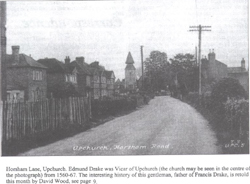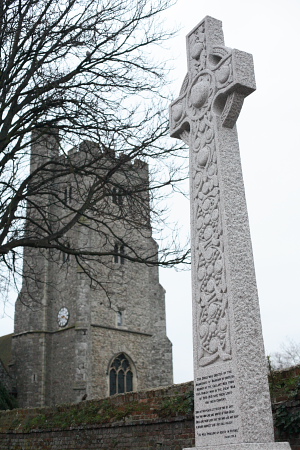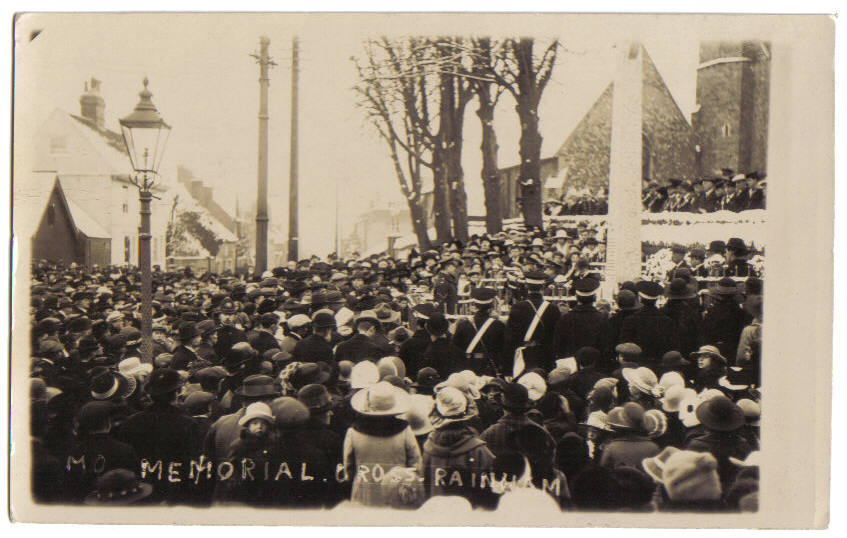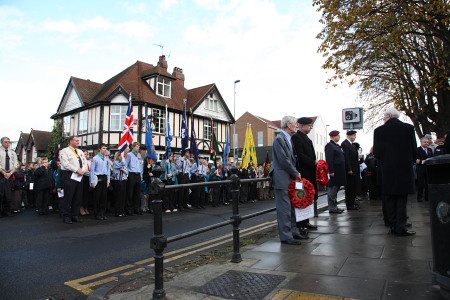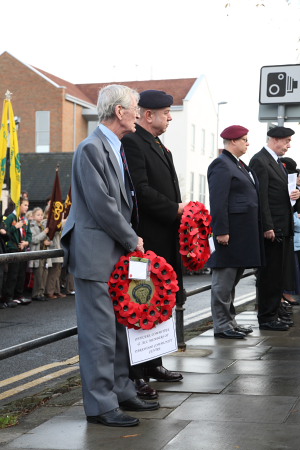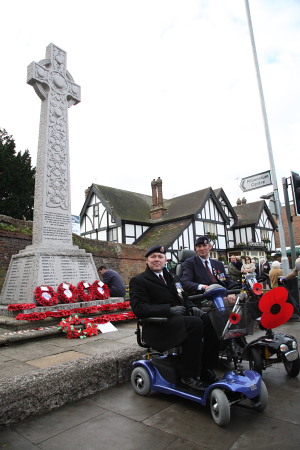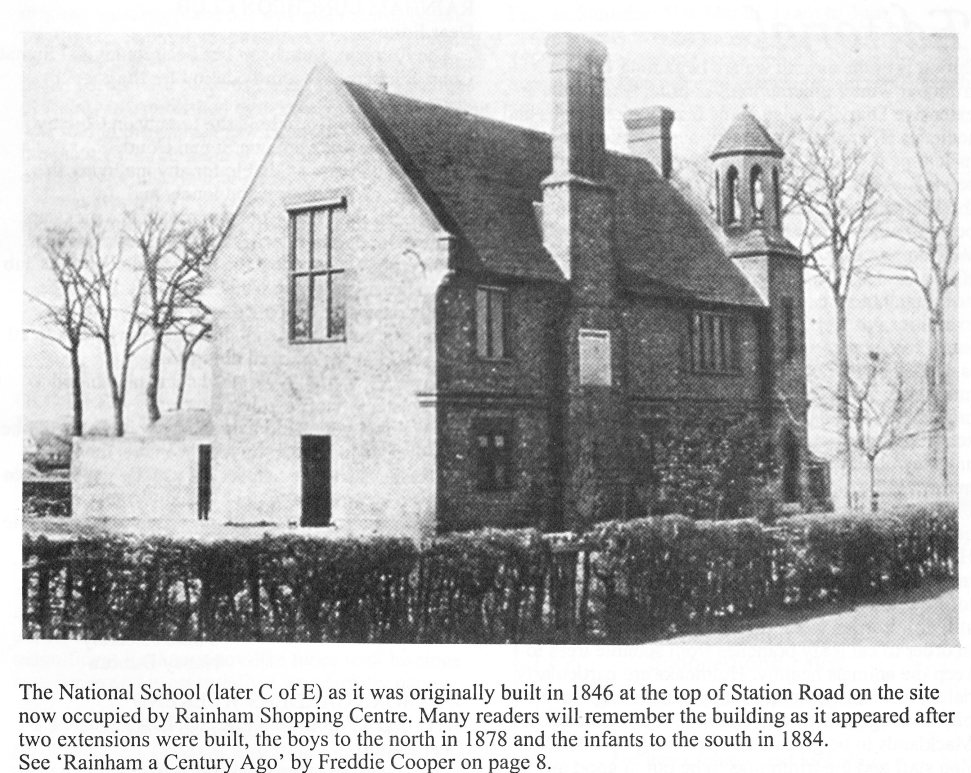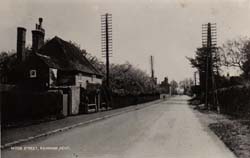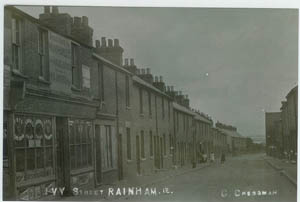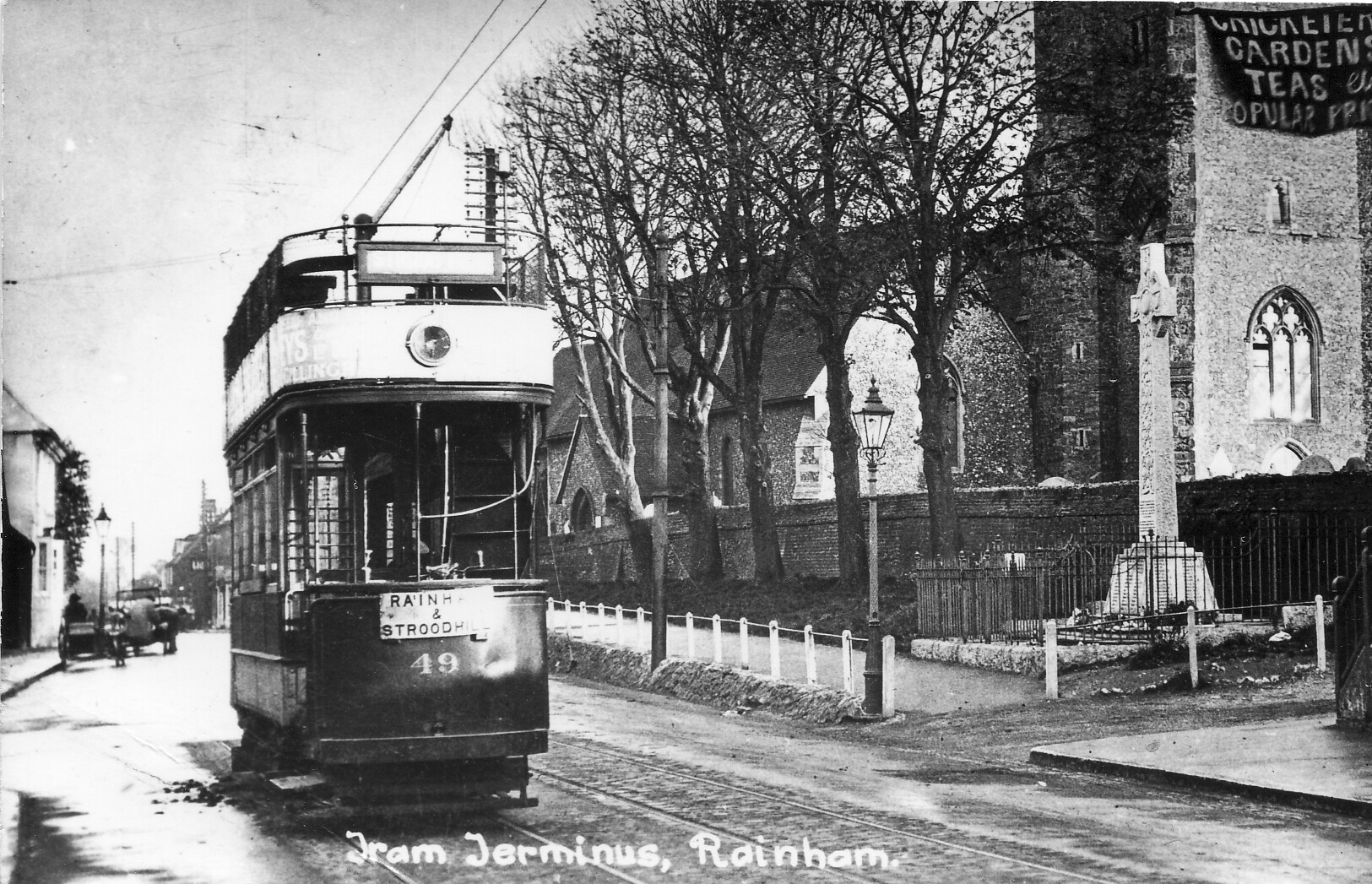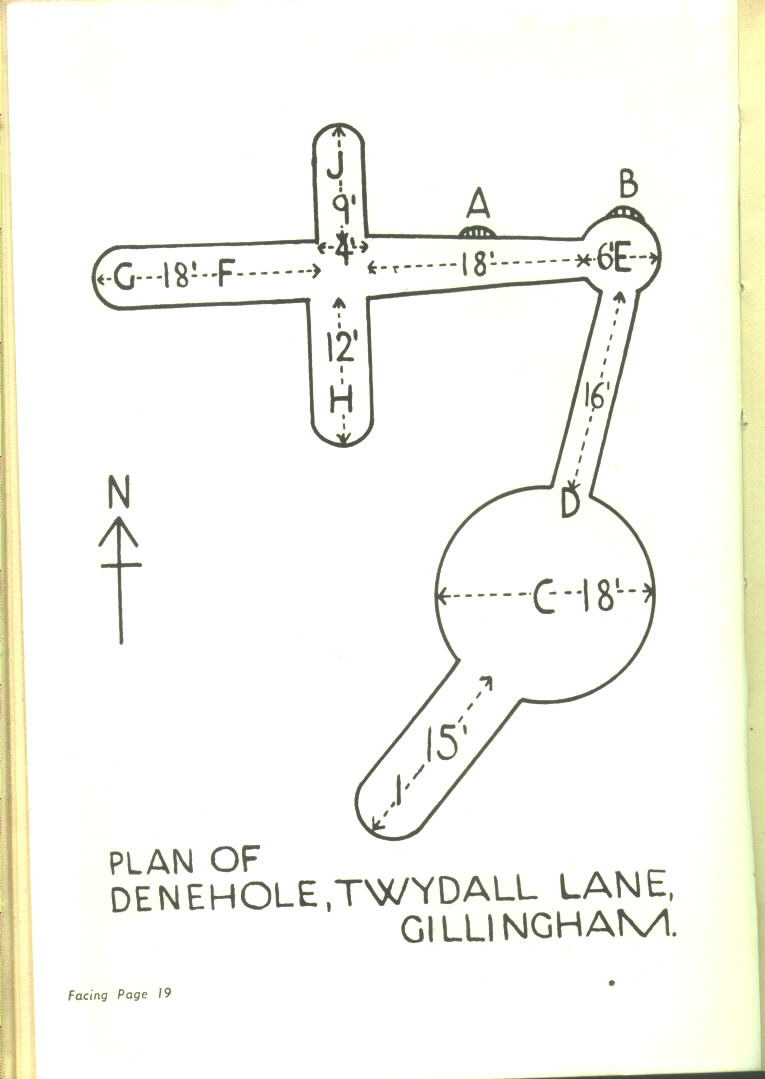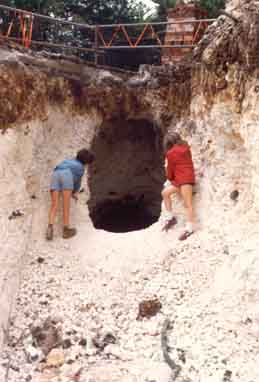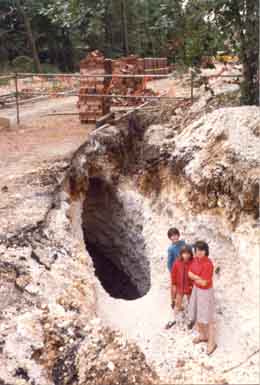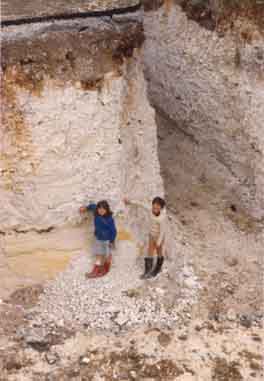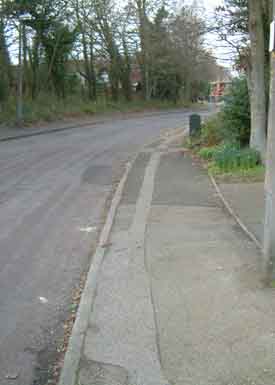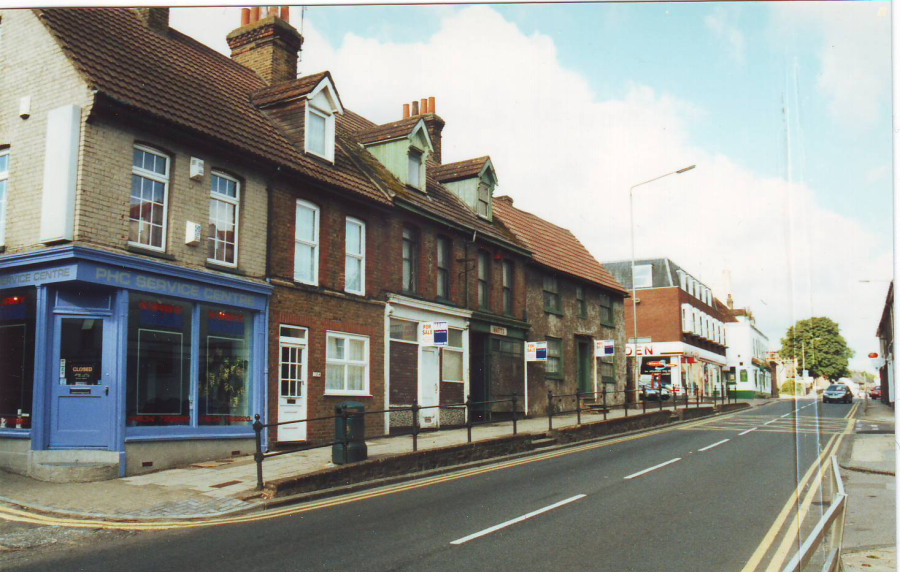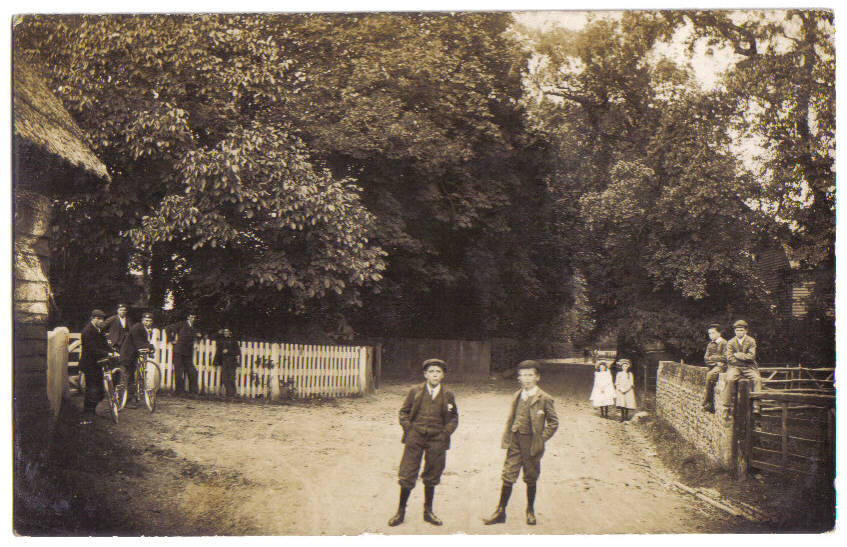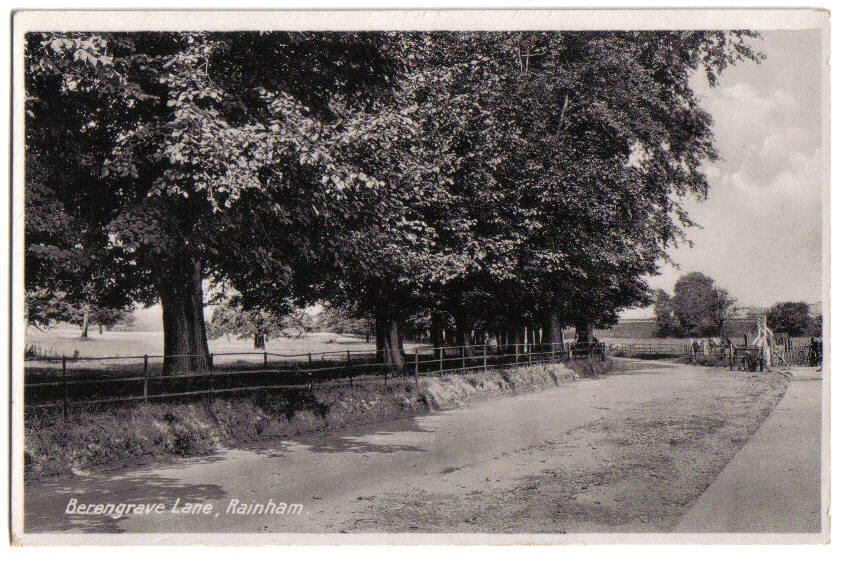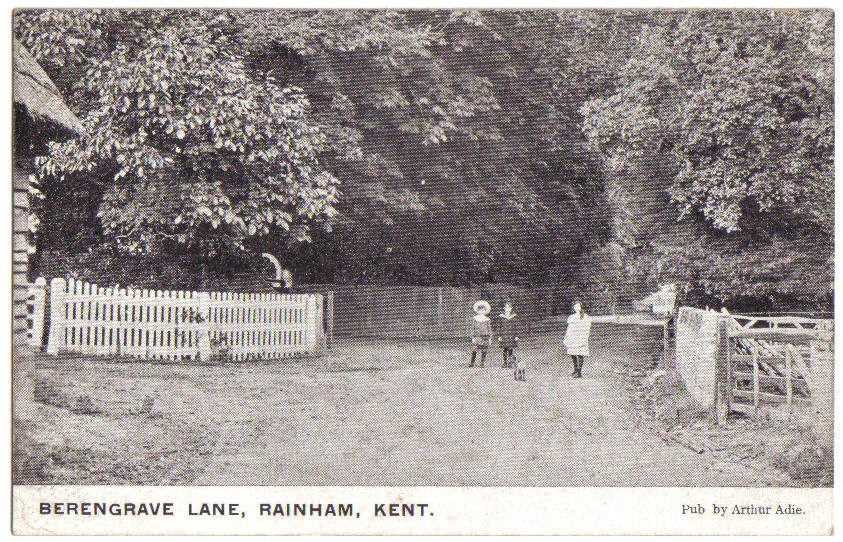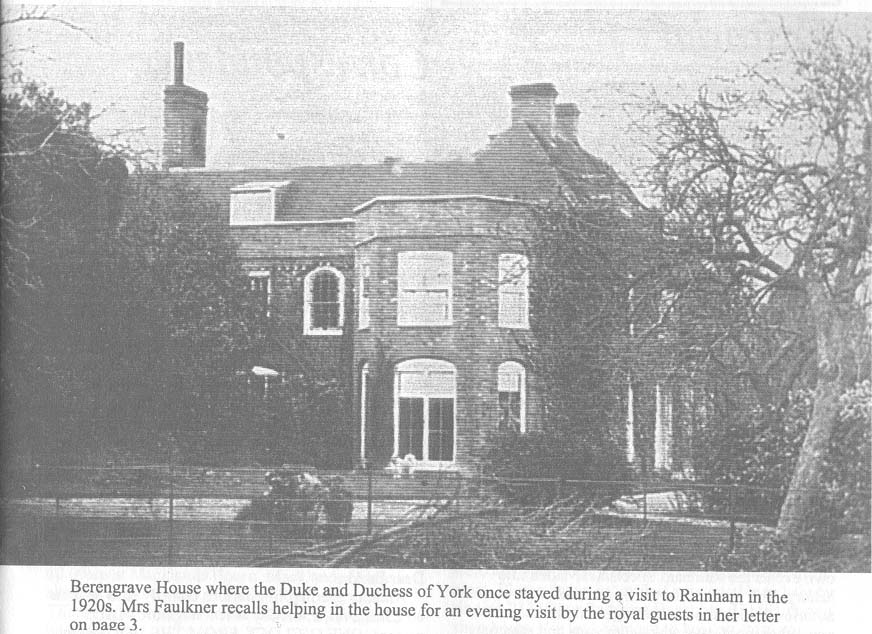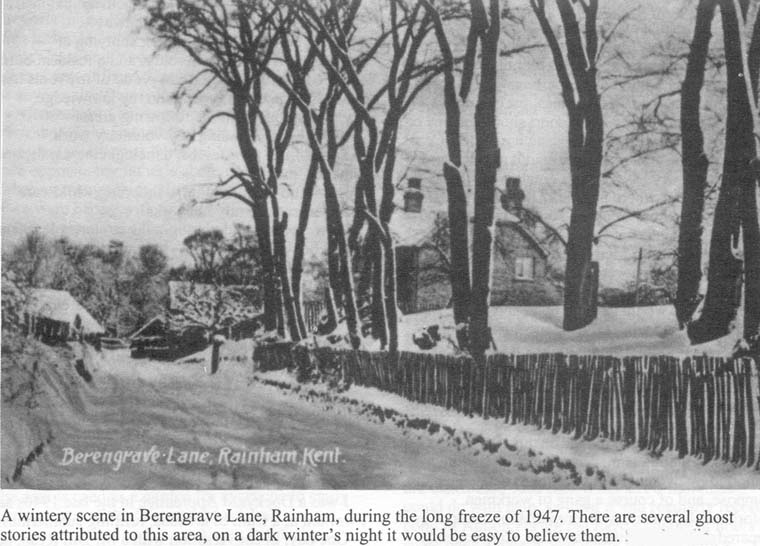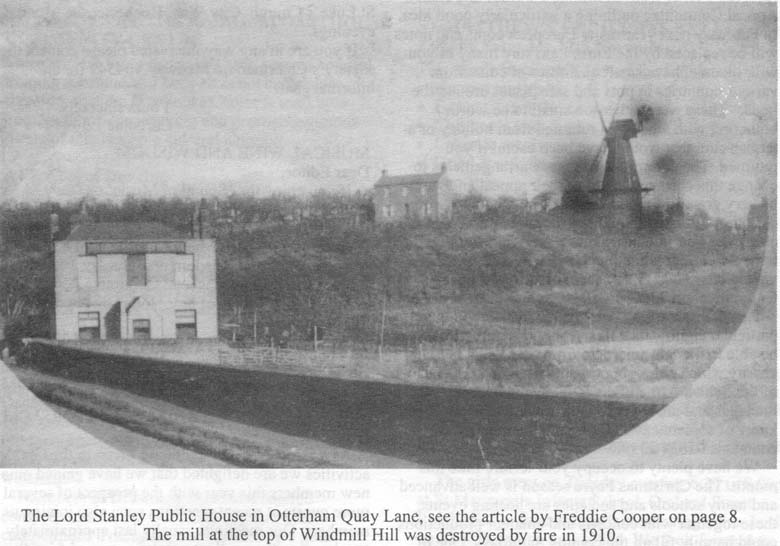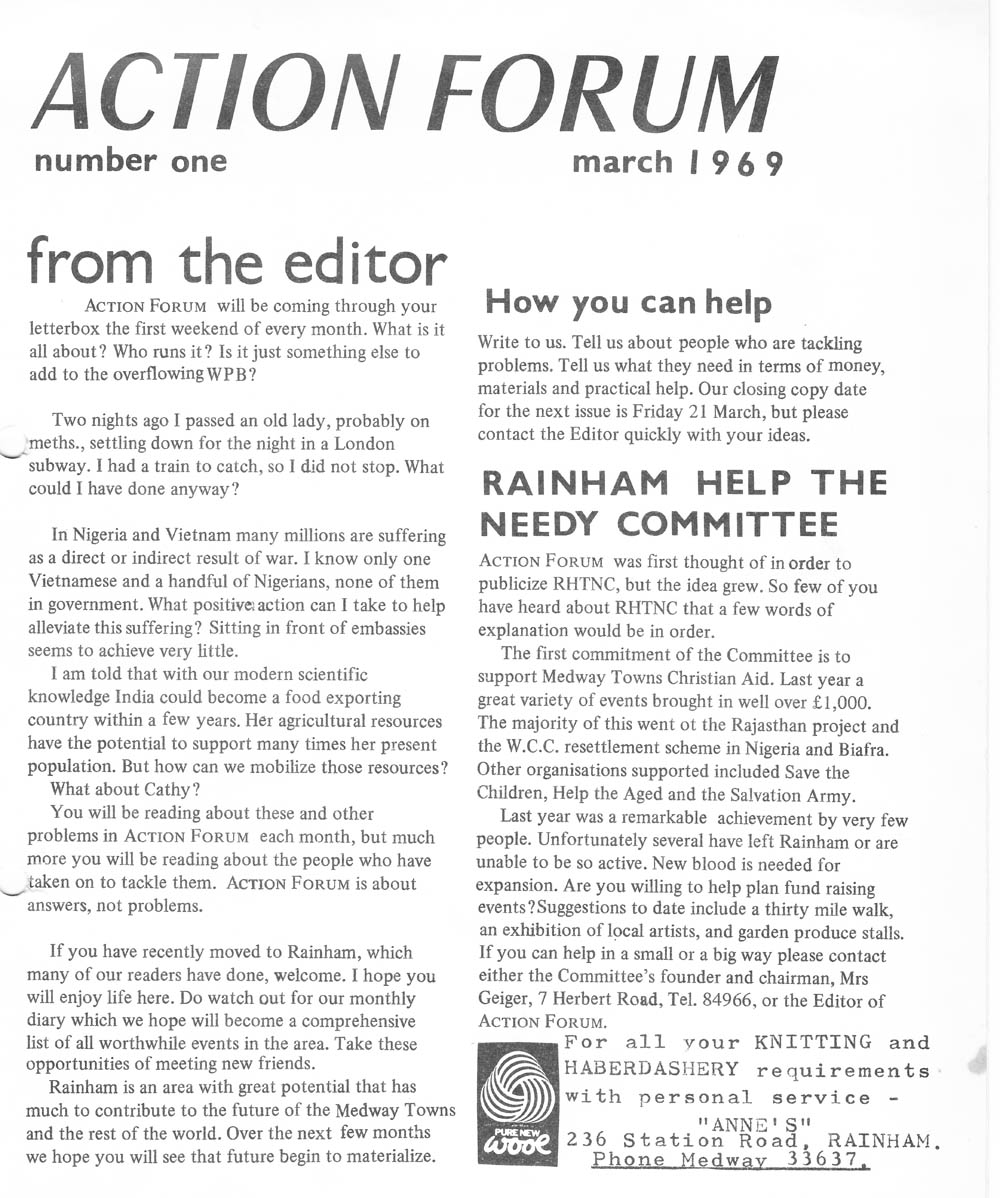In the years which immediately preceded the last war, I was local correspondent for the ‘Kent Messenger here in Rainham and in those days local news was considered more important than now, although in retrospect I believe that I was poorly paid at a penny per line (old money). The papers worked on the principle that if a person’s name was mentioned they had a reader, and if they printed a photograph that readership would last a lifetime. I could regularly rely on the reports of soccer and cricket matches, whist drives, deaths and marriages to fill a fairly long column, including a list of presents if either party of the marriage was well known. I did not like calling upon very close relatives of deceased residents, which is how I developed a knowledge of many local relationships as most of the older Rainham families were then, and still are, inter-related.
Although Rainham was one of the largest villages in Kent, its population was closely knit and interdependent and popular personalities tended to flourish far more than now — one such resident was Mr Henry George Samson known as ‘the grand old man of Rainham’ who eventually died in 1948 aged 95. He looked the part, being of stocky build with a short white beard and lived in a thatched cottage next to the congregational chapel in Meres Court Road (1924 map) although we still called it Chapel Lane. Incidentally I have a copy of the report of his death and the printed photograph at the time if any of his relatives would be interested. He was always good for a story, particularly when I took him an ounce of tobacco and now, in my old age, I understand what he meant when he said ‘to be able to enjoy your former life, in memory, is to live it twice over.
At that time Mr Samson was one of the very few persons left who participated in the last bare-knuckle prize fight to be held in England when it was already illegal. Apparently, Mr John and Mr Fred Scott arranged a £400 a side contest between Jimmy Roberts and Alec Hayes to take place at Farthing Corner at 4.00am on a morning in May 1885. Mr Samson was used to providing all the furniture for the various fetes and sporting events which took place in Rainham at that time, and he was entrusted with the task of providing and making the stalls, tables and benches for the expected spectators who came mainly from London to Chatham on the midnight train. They then completed the journey on horse drawn vehicles, which had been secretly arranged for the occasion. These visitors told those who were inquisitive that they were attending a ball, which must have raised some eyebrows.
Photo below of part of the rope that formed the ring where the bare knuckle prize fight took place - photo thanks to Debra Highams
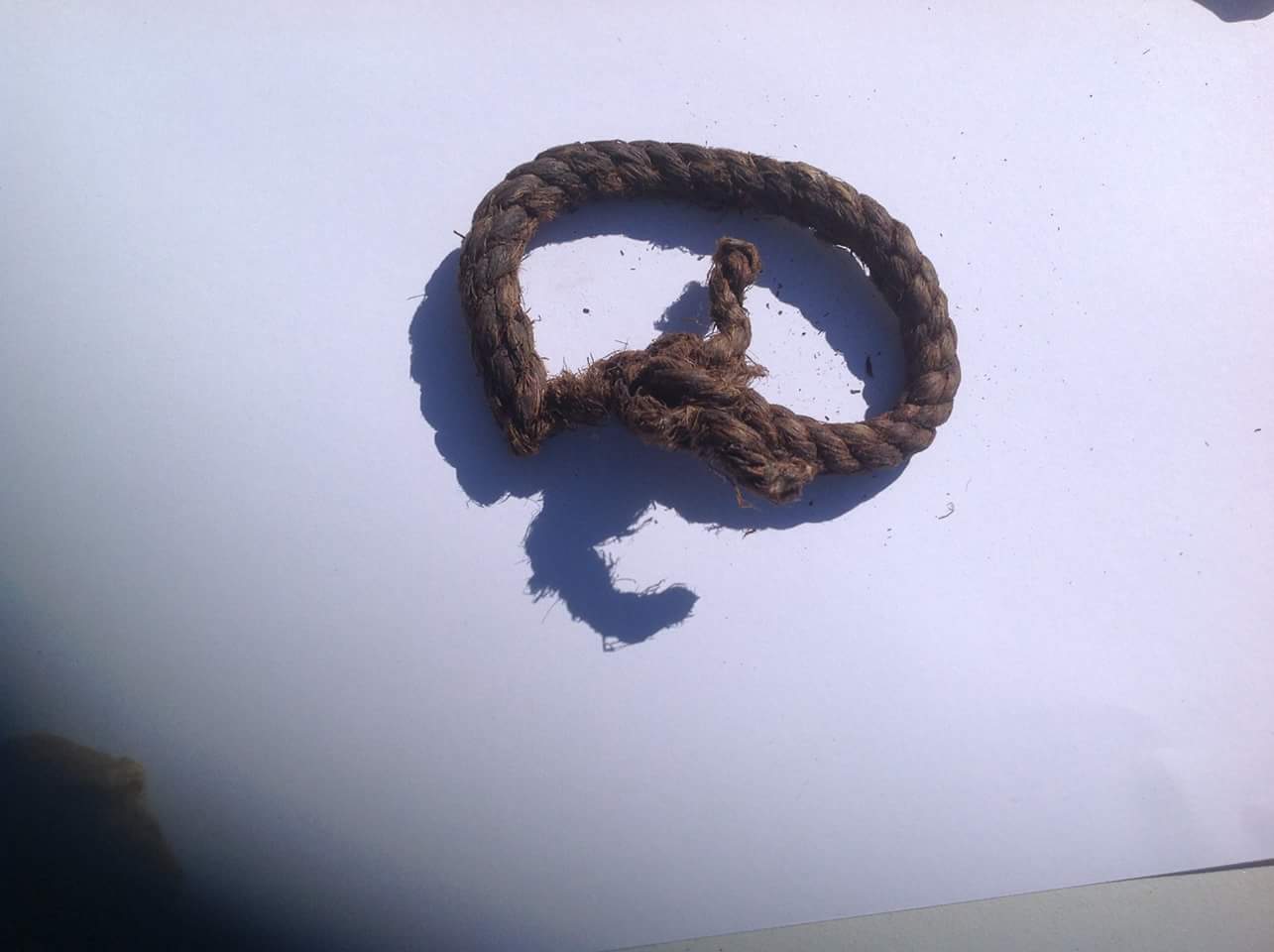
The fight lasted nearly two hours ending at ten minutes to six when Hayes, the better fighter, unfortunately damaged his fist on a ring post when he missed Roberts. A collection for the loser raised £100 and Mr Samson took him home and cared for him on the following day.
The village constable had become suspicious with the amount of unusual traffic movements and arrived at the scene just before the event was to commence, whereupon he was well entertained to a late supper or an early breakfast with limitless supplies of drink until after the fight. Some of those who attended were later charged at the Court of Sessions, which presumably would have been held at Sittingbourne, where all were found ‘not guilty’. This was hardly surprising as it was said that the Chairman had also attended the event.
I wonder how many of those who live nearby realise that they may be walking over the very spot where this historic sporting event was held, and perhaps those who regularly travel to and from London via the service area may reflect upon those who travelled overnight by mail train and horse drawn vehicles to see the last prize fight to be held in England.
In the newspaper reports at the time, the location is mentioned as Fardon’s Corner and I wonder if this was a mistake because I haven’t seen the name on any plan or map. I should be glad to learn if any reader has information on this point.
Freddie Cooper
November 2002


















































































































































